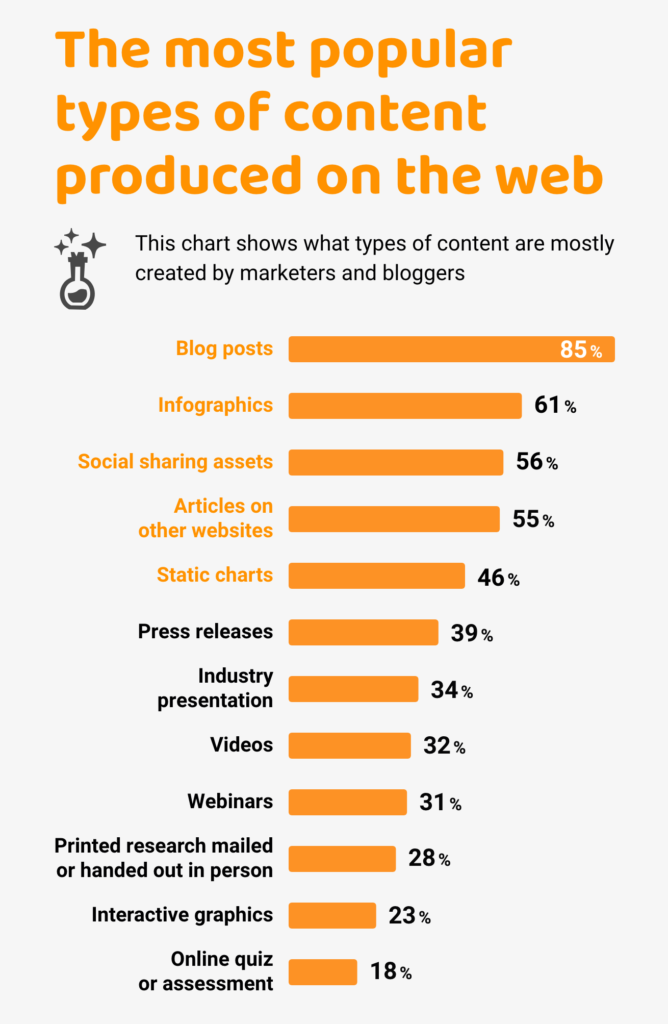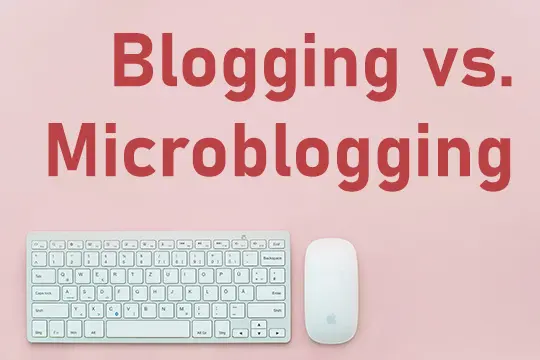Blogs have become an essential component of online culture
Almost everyone reads blogs these days, whether they are “official” news blogs connected to traditional news media, topic-based blogs connected to one’s business or interests, or blogs solely for pleasure. Everyone used to read Blogs to get the answers of their queries. There are a lot of blogs related to every topic is published on the internet. Nearly everyone has at least one favorite blog.
But this wasn’t always the case. Even when compared to the history of the Internet itself, blogs are a relatively new technology.
And it hasn’t been until the last five to ten years that they’ve really taken off and established themselves as significant players in the internet environment.
People can find blogs related to there interests and get information about the technology or daily updates about this world.
What is blogging?

Blogging is a popular online activity that allows people to share their thoughts and experiences online. Bloggers can write about anything they want, and readers can comment on the posts. Blogging is a great way to connect with other people, share your ideas, and build relationships.
Earlier Years
Most people agree that Links.net, which Justin Hall founded in 1994 while a student at Swarthmore College, was the first blog. Naturally, blogs didn’t exist yet, so he just linked to it as his own webpage.
Weblog was not first used as a word until 1997. The prominent early blog Robot Wisdom’s Jorn Barger is credited with coining the term. The phrase was coined to describe how he would “log the web” while he surfed.
The earliest recorded example of a blog on a regular news website may be found on Jonathan Dube’s blog for Such Charlotte Observer in 1998.
The Growth Period

The growth of blogs peaked in the early 2000s. There have been 23 blogs on the internet in 1999, based on a list published by Jesse James Garrett. Approximately 50 million blogs existed by the middle of 2006, according to Technorati’s State of the Blogosphere report. It would be an understatement to say that the popularity of blogs has increased exponentially.
Some of the popular early blogs were those that were political. During this time, some political candidates—including Howard Dean and Wesley Clark—started using blogs.
When bloggers focused on remarks made by U.S. Senate Majority Leader Trent Lott about U.S. Senator Strom Thurmond in 2002, it marked a significant turning point in the development of blogging. The United States would have been better off if Thurmond had been elected President in 1948, according to Lott, who praised Thurmond. Thurmond was a staunch advocate of racial segregation throughout that race (though his position changed later in his political career). The comments and any potential ramifications weren’t covered by the mainstream media until after bloggers broke the story.
At the same time, blogs with in-depth subject matter started to gain popularity. In addition to making direct comments on the news that was being covered by traditional media, they frequently dove far further into current events and pop culture than major media outlets.
By 2001, blogging had garnered enough attention for various how-to articles and manuals to appear. Now, many of the most well-liked and prosperous blogs exist as “meta blogs” (blogs about blogging).
The early 2000s saw the debut of several well-known blogs, including Boing Boing, Dooce, Gizmodo, Gawker (the first significant gossip blog), Wonkette, and the Huffington Post. Jason Calacanis founded Weblogs, Inc. in 2003, which he later sold to AOL for $25 million.
Several significant blogging platforms emerged in the early 2000s. In September 2001, Movable Type’s first version was made available.
Despite having begun in 2003, WordPress has had some development since 2001. In 2003, TypePad, which was based on Movable Type, was also released.
The early 2000s also saw the beginning of certain blog-related ancillary services. In 2002, Technorati, the first significant blog search engine, was released. The first significant podcasting service, Audioblogger, was established in 2003. Before YouTube was created, the first video blogs debuted in 2004, more than a year before.
How did blogging become popular?
The popularity of blogging can be traced back to a few key factors. The first is that blogging is a very easy way to share your thoughts and experiences with the world. You don’t need any special skills or a lot of time to start blogging – all you need is a computer and a few simple tools.
Secondly, the internet has made it easy for anyone to share their thoughts and experiences with the world. Anyone with a internet connection can start a blog, and there are millions of blogs out there covering a wide range of topics.
The history of blogging communities
Blog communities are a relatively recent phenomenon in the online world. Back in the day, bloggers would post their content directly on their own websites. But as blogging became more popular, people started to share their content with others by creating blog networks.
The first blog network was My Space, which was created in 2003 by Mark Zuckerberg and his roommates. My Space was a social networking website where users could post their own profiles, join discussion forums, and connect with friends.
In 2005, blogger David Karp launched Blogger, which was the first blog platform to allow users to create their own blogs and share content with others. Blogger quickly became the leading work in his country and after that in this whole world.
Blogs Gain Popularity

By the middle of the 2000s, blogs had become widely used. A research that was published in January 2005 claimed approximately 32 million Americans read the blogs. It represents more than 10% of the population at the time. Garrett M. Graff became the first blogger to ever receive White House press credentials in the same year.
In the middle to late 2000s, a number of major media outlets launched their own blogs or collaborated with already-established blogs to offer supplemental reporting and analysis. By 2004, blogs were being used more often by major news companies, political strategists, and candidates. They offered the ideal platform for disseminating editorial views and connecting with viewers and readers.
Instead of going it alone, mainstream media outlets are also collaborating with other blogs and bloggers. Consider the consistent articles that editors and writers from Mashable publish on CNN.com. One of the oldest still-running internet corporations, AOL, which is not a traditional media outlet, bought TechCrunch and related blogs, is another excellent example.
By the end of 2010, there were more than 152 million active blogs. During this time, the number of blogs increased even more. Today, almost every major news organization, as well as plenty of businesses and people, have at least one blog.
The Evolution of Tum blogs and Microblogs

There are various microblog (also known as tumblog) systems that enable a more conventional sort of blogging experience while simultaneously enabling the social networking capabilities of Twitter. Many people only think of Twitter when they think about microblogging (like following other bloggers).
Beginning in 2007, Tumblr was the first well-known website to provide this sort of service. They provide a wide range of post kinds, as opposed to conventional blogging sites that have a universal post structure (that allows users to format their posts however they want, including adding multimedia objects).
Additionally, it makes it simpler for users to reblog other people’s material or to like certain articles (similar to Facebook’s “like” feature).
Another such service is Posterous. Launched in 2008, Posterous enables writers to create a straightforward blog via email and then submit articles via email or using their online editor.
Though technically both, Posterous is frequently seen as more of a lifestreaming software than a blogging site.
Future of Blogging

Blogs were starting to replace e-mail as the main form of internet communication eight to ten years ago. However, with the rise of social media and social networking over the past five years, blogs are now only a small part of a person’s online identity.
In the blogosphere, vlogs and podcasts have grown in popularity as more bloggers choose to employ predominantly multimedia material. These post-specific services (like Tumblr and Posterous) are anticipated to continue gaining in popularity.
The blogosphere may become less active as a result of the introduction of new services like Quora, and more people may resort to these websites for information instead. However, websites like Quora also provide writers useful resources since they reveal what readers actually want to know about a subject.
It’s doubtful that blogs will disappear in the near future. But the way their information is located, distributed, and accessible has a lot of space for development and creativity.
Summary
Blogging was first popularized on the internet in the mid-1990s. At first, bloggers used Bulletin Board Systems (BBS) to share news, recipes, and other information. In the early days, blogs were only accessible to a small group of people.
In 2003, blogger Jeffrey Zeldman created the first blog entry on the web. Since then, blogging has become a popular way for people to share their thoughts and ideas online.
Today, there are millions of blogs on the internet. Some of the most popular blogs include The Huffington Post, The New York Times, and Gawker.


